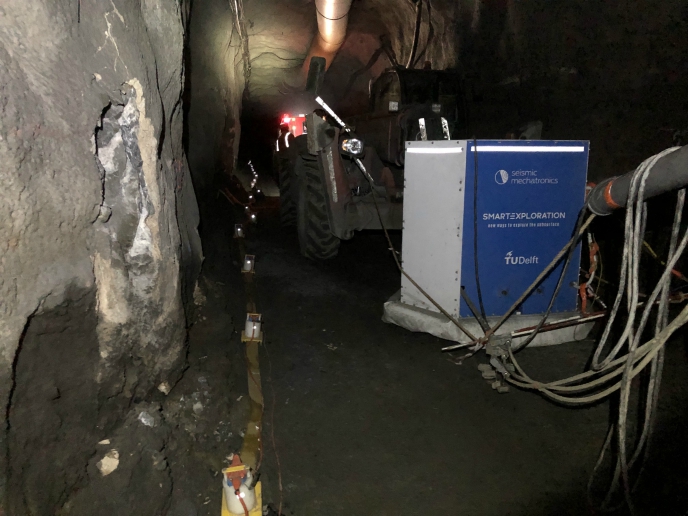Virtual safety testing helps auto industry
Safety in the road transport industry has always been a pivotal consideration for European car makers and policymakers alike. However, expensive and laborious testing methods are hampering time to market and the competitiveness of new car technologies, prompting the EU to consider more reliable and efficient ways to advance the industry. In this context, the EU-funded project 'Implementation of virtual testing in safety regulations' (IMVITER) strengthened the concept of virtual testing in safety regulations. Bringing together 15 partners from Germany, Greece, Spain, France, Italy and Hungary, all involved in vehicle-type approval processes, the project studied ways to replace or support existing testing methods. To implement virtual testing, IMVITER selected four regulatory acts related to pedestrian protection, seatbelt strength and vehicle towing. The project evaluated the simulation models' predictability to ensure that they are as reliable as physical tests. Principally, the project worked on ways to increasingly replace current vehicle tests with virtual performance assessment based on computer-aided engineering (CAD). More specifically, it investigated how virtual testing could assess linear deformations produced by static loads and non-linear deformations produced by dynamic loads, reducing costs and increasing competitiveness. IMVITER found that while the potential of simulation cannot replace all physical testing at this point, virtual testing demonstrates clear benefits in cases where repetitive testing is needed. The technology has proven particularly useful in cost-intensive tests and has opened the door to exploring more virtual testing approaches and solutions. Progress in this area can be found on the project's website. Overall, the project's results have helped define procedures for virtual testing, including the validation of virtual test devices. It also helped analyse the feasibility and potential of these procedures and brought the industry closer to assessing new advanced safety systems with the support of virtual testing. This will ultimately cement Europe's pioneering spirit and primacy in the auto industry, making the sector more competitive than ever before.







